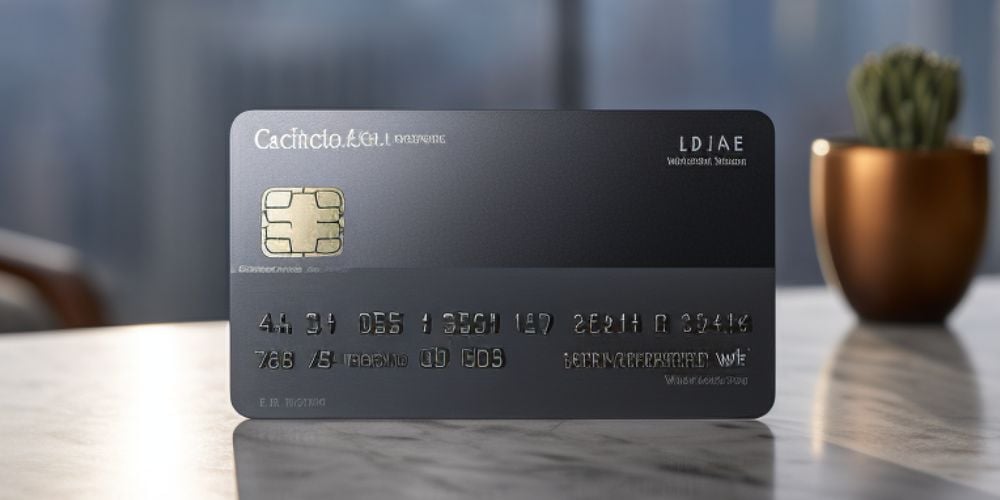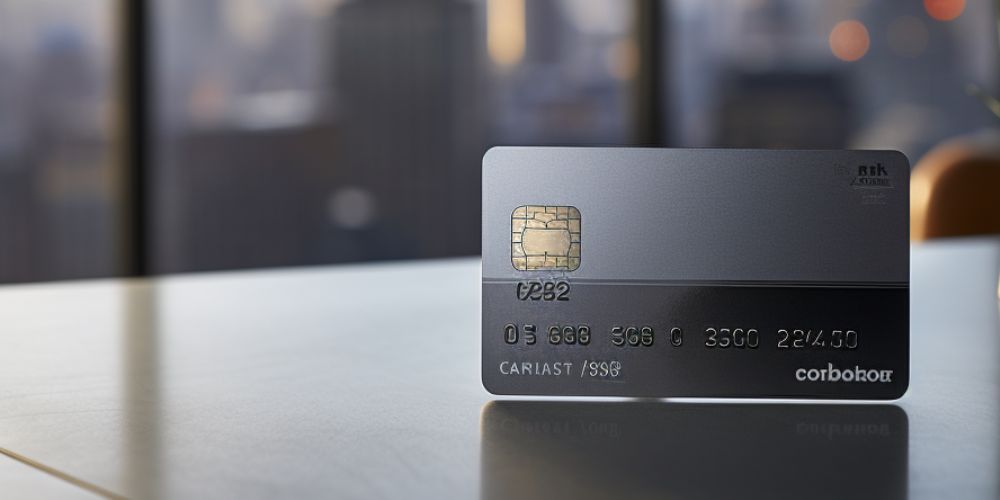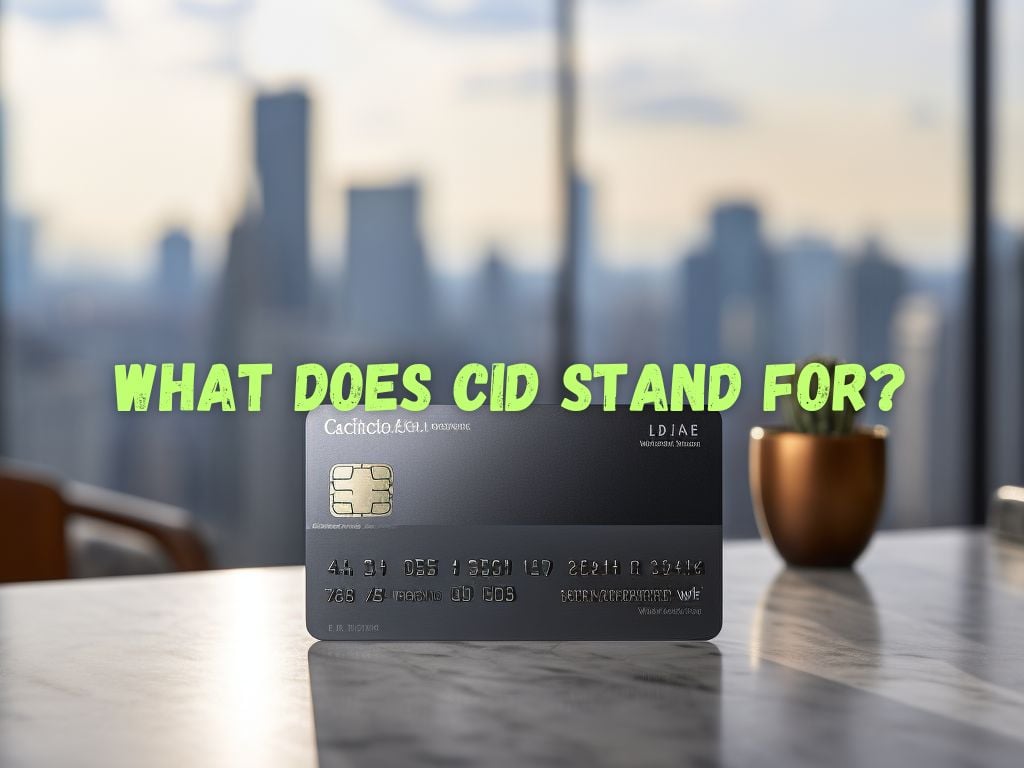When you glance at your credit card, you may have noticed a series of numbers printed on the back, separate from the card number and expiration date.
This group of digits, known as the Card Identification Number (CID), plays a crucial role in securing your financial transactions.
In this article, we will explore what does CID stand for in credit cards, its significance in protecting your finances, how to locate it on different card types, and essential tips to safeguard your CID.
What Does CID Stand for Credit Cards?
CID stands for Card Identification Number, also known as CVV (Card Verification Value), CVC (Card Verification Code), or CSC (Card Security Code).
This three or four-digit code serves as a crucial security feature on credit cards, specifically for card-not-present transactions like online or phone purchases.
It helps to authenticate the transaction and provides an additional layer of protection against fraudulent activities. Here are some additional details about CID:

CID Variation by Card Network:
Although the purpose of CID remains the same across card networks, the naming conventions and the number of digits may vary.
For example, Visa and MasterCard use a three-digit CID, while American Express employs a four-digit CID.
American Express CIDs are located on the front of the card, above the card number, unlike other networks where it is found on the back.
Randomness of CID Numbers:
The CID numbers are randomly generated for each card. Therefore, they do not follow a specific pattern or algorithm.
This randomness adds an extra layer of security, making it harder for fraudsters to guess or derive the CID from other information on the card.
Locating CID on Different Credit Cards
CID placement varies depending on the card issuer. Here is a breakdown of where you can find the CID on major credit card types:
Visa:
- Flip the card to its backside.
- Locate the last three digits in the signature panel area.
MasterCard:
On the back of the card, look for three digits in the signature panel.
Discover:
Turn the card over and find the three-digit CID on the right side of the signature panel.
American Express:
On the front of the card, you will find a four-digit CID above the card number, usually on the right.
Understanding the Role of CID in Credit Card Security
The CID plays a crucial role in securing your credit card transactions. Here’s how:
Authentication of Transactions:
Merchants use the CID to verify that you possess the physical card during card-not-present transactions.
By providing the correct CID, you increase the likelihood of a successful transaction.
The inclusion of the CID adds an extra layer of security, making it more challenging for fraudsters to use stolen credit card details alone.
The CID requirement reduces the risk of fraudulent transactions for both businesses and cardholders.

Tips for Safeguarding Your CID and Credit Card Information
Protecting your CID and credit card information is crucial to ensure the security of your financial transactions.
Here are some practical tips to help you safeguard this sensitive information:
Memorize your CID:
Avoid writing down your CID or PIN. Keep your PIN separate from your credit card.
Memorize these codes or utilize secure password management tools to store them.
Keep your card secure:
Never lend your credit card to others.
Secure your physical card in a safe location, and immediately report any lost or stolen card to your issuer.
Be cautious with online transactions:
Only enter your credit card information on secure and trusted websites.
Look for the padlock symbol and “https” in the URL, indicating a secure connection.
Be Cautious with Public Wi-Fi:
Avoid making credit card transactions or accessing sensitive information while connected to public Wi-Fi networks.
Public networks are often less secure, making it easier for hackers to intercept data.
Regularly Monitor Your Credit Card Statements:
Read your credit card statements when they come out, and make sure that you recognize all transactions. Report any unrecognized transactions to your credit card company.
Enable Transaction Alerts and Notifications:
Take advantage of transaction alerts provided by your card issuer or banking institution.
Set up notifications to receive real-time updates on purchases made with your card, enabling you to quickly identify any unauthorized transactions.
Report Lost or Stolen Cards Promptly:
If your credit card is lost, stolen, or compromised in any way, contact your card issuer immediately to report the issue and request a replacement card.
By following these tips, you can significantly reduce the risk of your CID and credit card information falling into the wrong hands.
Staying vigilant and proactive in protecting your financial information is essential for a secure and worry-free experience.

Conclusion
Understanding what CID stands for in credit cards and its significance in securing financial transactions is essential to protect yourself from potential fraud.
By locating and using the CID correctly, you contribute to a safer credit card environment.
Remember to follow best practices to keep your CID and credit card information secure. Stay vigilant and proactive to safeguard your finances and enjoy worry-free transactions.


 Tags:
Tags:










